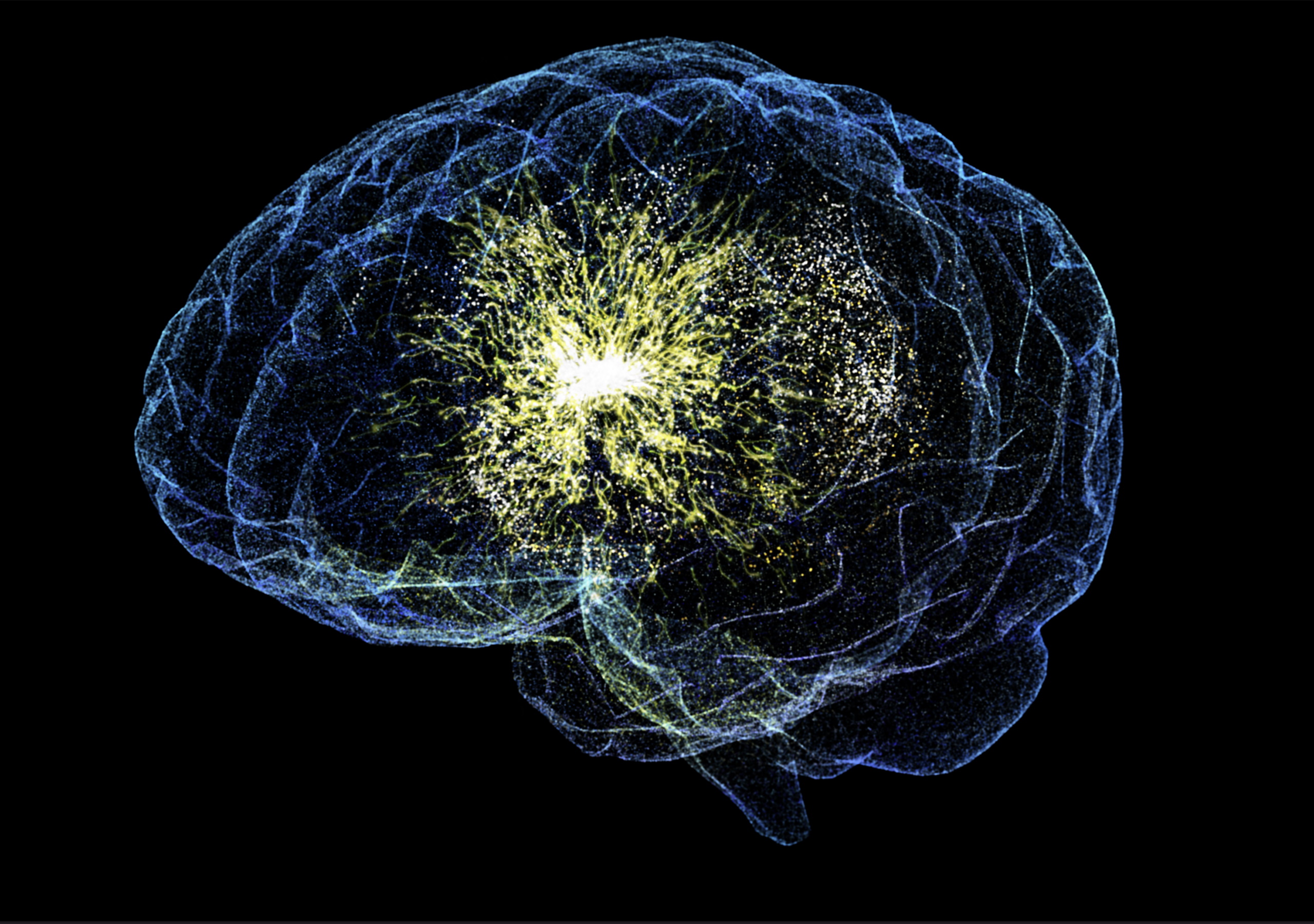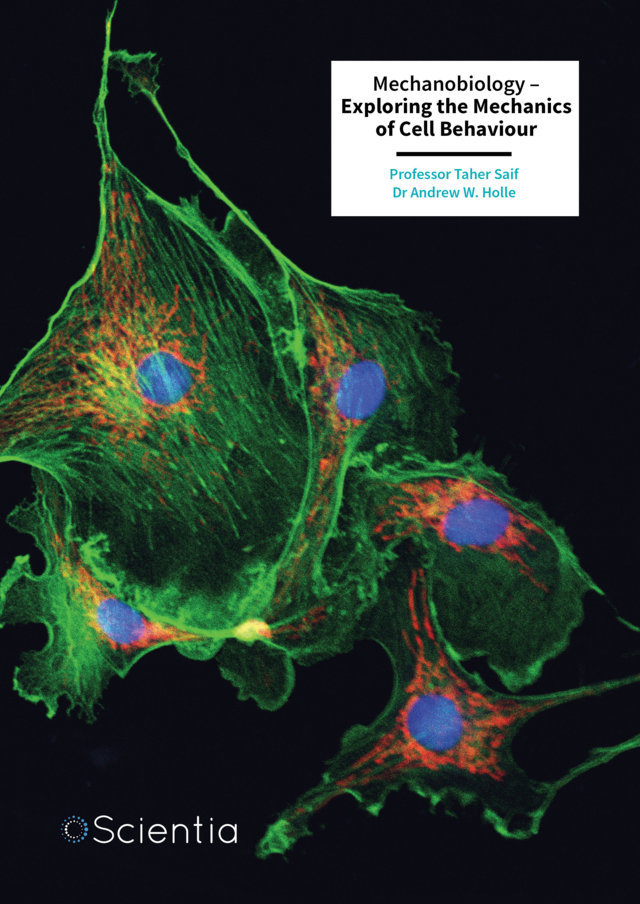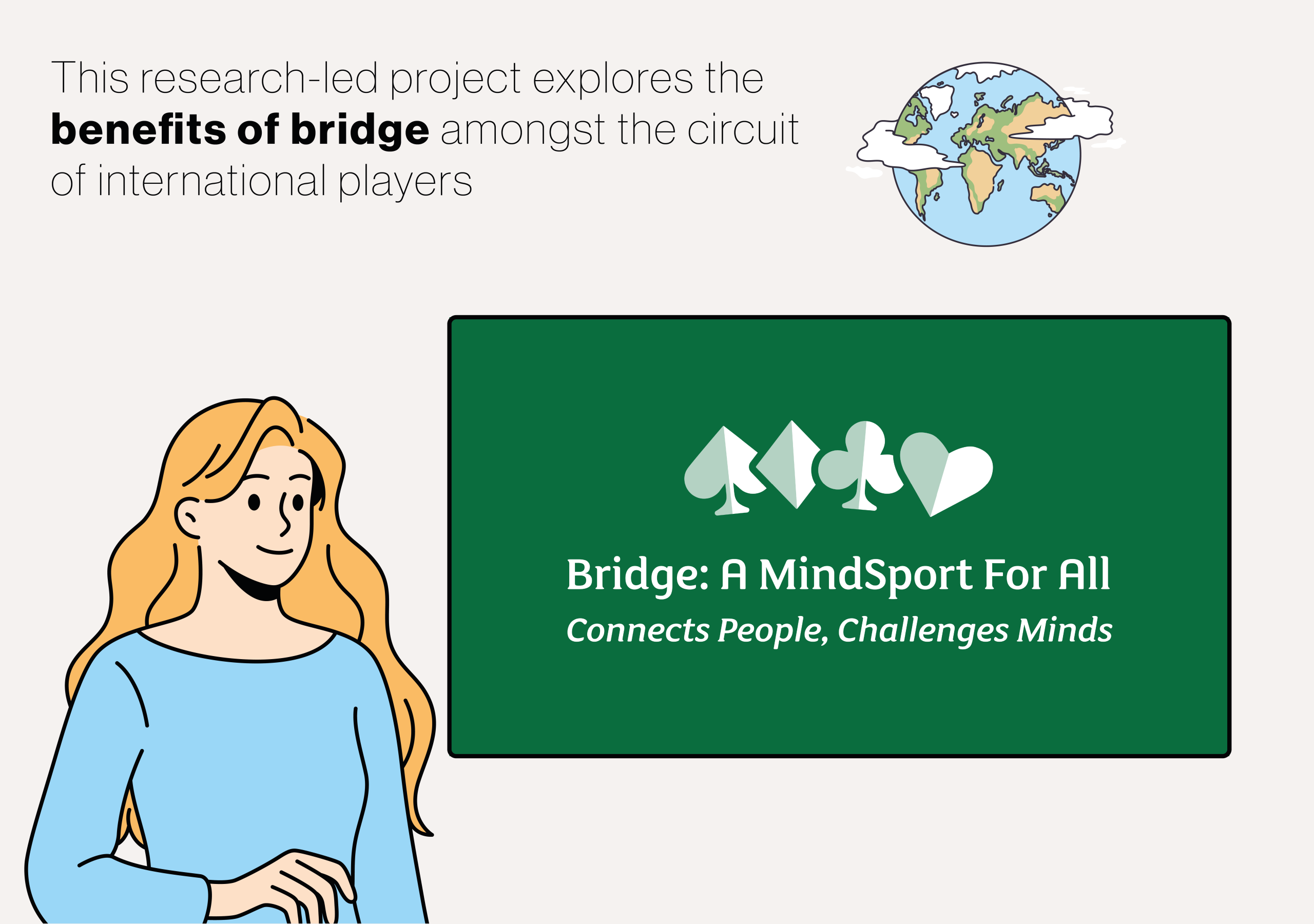The full extent of the labour and resources which go into creating a modern house is hidden deeply within the buildings we call home. Professor Mark Jarzombek of MIT and Professor Vikramaditya Prakash of the University of Washington are co-founders of the Office of Uncertainty Research, a research collaboration that is dedicated to rethinking architecture in a modern context. Through their research, Jarzombek and Prakash investigate these hidden stories by exploring the history of a recently built modern house in Seattle. Their findings reveal that the presumed transparency of modern architecture conceals deep ethical and environmental challenges, inspiring a call for a critical reassessment of how our current construction practices should be understood and approached. More
Our houses may be familiar sanctuaries, but the history of their construction is inevitably steeped in a web of connections far too vast and complex for any one person to understand. While their final forms often mask the intricate processes that brought them into existence, their creation requires vast amounts of labour and resources drawn increasingly from all around the world.
Modern houses are products of vast numbers of interacting processes, most of them unknown, surprisingly perhaps, even to their architects. The materials that comprise them come from a diverse array of sources, and arrived at their final destination along many different paths, involving uncountable numbers of people and processes along the way. The convoluted journeys of each of these components ultimately raise crucial questions about the true nature of architecture in the modern world, and the stories that our houses silently carry.
One ordinary house at 1119 25th Avenue East in Seattle, Washington, serves as a prime example of this. Constructed in 2018, the house’s sleek, modern design exudes rationality and simplicity, and was even built by architects interested in sustainability. But the fact is that it conceals the complex and sometimes troubling histories of the materials used in its construction.
By studying the origins of this house, Jarzombek and Prakash aimed to answer several key questions surrounding these hidden narratives: What are the origins of the materials used to build the house? How do the processes of production and labour intertwine to bring these materials together? What environmental and ethical implications arise from the global supply chains that led to its construction? And ultimately, how do these hidden aspects redefine our understanding of architecture?
In their new book, A House Deconstructed, the duo answer these questions along four different registers: each a type of consciousness which is silenced by the time a home’s new owner receives the keys to the front door.
The first register, named ‘atomic consciousness’, takes us back to the very origins of the materials that make up the house. Many of its constituent atoms were formed during supernova explosions in the aftermath of the Big Bang, and eventually became part of the Earth: setting the stage for the materials we use today.
For example, the iron in the steel beams originates from stars that exploded billions of years ago, distributing metals throughout the universe. For Jarzombek and Prakash, this cosmic perspective highlights our deep connection between our homes and the rest of the universe, and the ancient origins of even the most modern structures. Unlike the steel, which is many billions of years old, the wood in the house, which was grown on this planet, might be 150 years or so old. In other words, a house is a type of compressed essay on cosmic interconnections and temporal conditions.
Secondly, ‘production consciousness’ examines the processes that transform raw materials into usable building components. Compared with their counterparts built just a few decades ago, modern houses rely far more heavily on advanced materials and additives, and today, the array of chemicals and compounds used in construction has expanded dramatically, driven by innovations in chemical engineering.
For instance, Jarzombek and Prakash describe how the steel beams and plastic piping in the Seattle house involve production processes that span numerous industries: from refining crude oil, to combining metal alloys and toxic chemicals. These materials are not only products of intricate industrial systems, but also have significant, long-lasting impacts on the environment.
Next, ‘labour consciousness’ delves into both the human and non-human efforts involved in the creation of the modern house. The journey of a single material from extraction to installation involves countless workers across the globe: from miners in Africa to factory workers in Asia, the labour behind each component is vast and varied.
Additionally, Jarzombek and Prakash describe how the unseen labour of microorganisms in the soil contributes to the lifecycle of natural materials such as wood. Altogether, this register emphasizes the global and multilayered nature of labour, highlighting the often-overlooked contributions of workers and ecosystems in the construction industry.
Finally, ‘source consciousness’ explores the geographical and environmental origins of the house’s materials. The global sourcing of materials means that each component has a unique story: for example, while the wood used in the Seattle house originated from forests in Germany, much of its steel originated from mines in Asia.
These materials undergo various processing stages, often traveling thousands of miles between multiple continents before reaching the construction site. This register underscores the environmental impact of material extraction and transportation, raising questions about sustainability and ethical sourcing.
In one particularly striking example, Jarzombek and Prakash explain that the Seattle house was partly built from recycled steel: a fact that was celebrated by the suppliers. However, the duo point out that this material most likely came through an unregulated facility in Bangladesh, where discarded ships are salvaged by the hundreds: releasing toxic chemicals and gases into the environment, while workers are treated extremely poorly.
In their book, A House Deconstructed, Jarzombek and Prakash shed new light on the hidden complexities behind the construction of modern houses, which are virtually never considered by their owners. By examining atomic, production, labour, and source consciousness, the duo uncover the deep interconnections and histories that shape our built environment.
Their findings not only broaden our understanding of the impact of modern architecture, but also call for greater awareness of the global and ethical dimensions of construction in our practice and teaching. Through their book, the researchers ultimately hope to raise awareness of the profound impacts that our architectural practices are having on the planet and its inhabitants.







